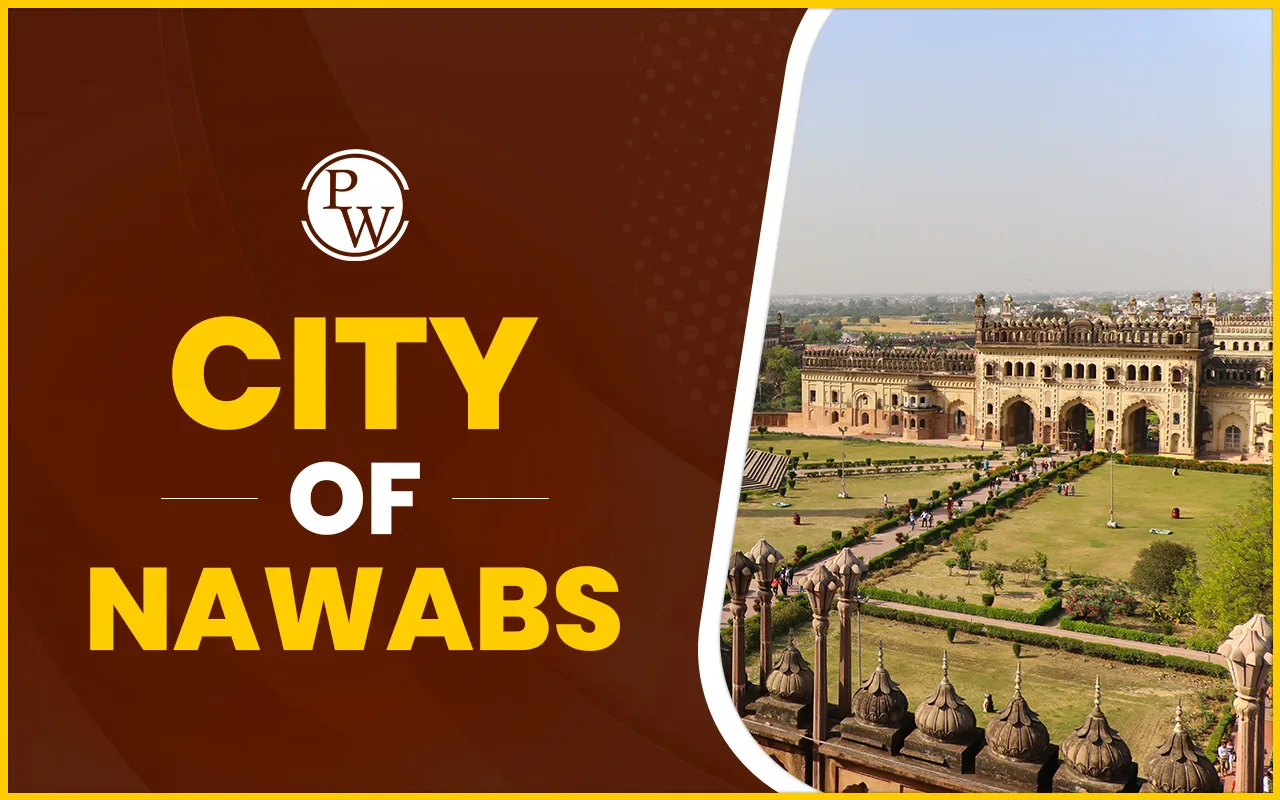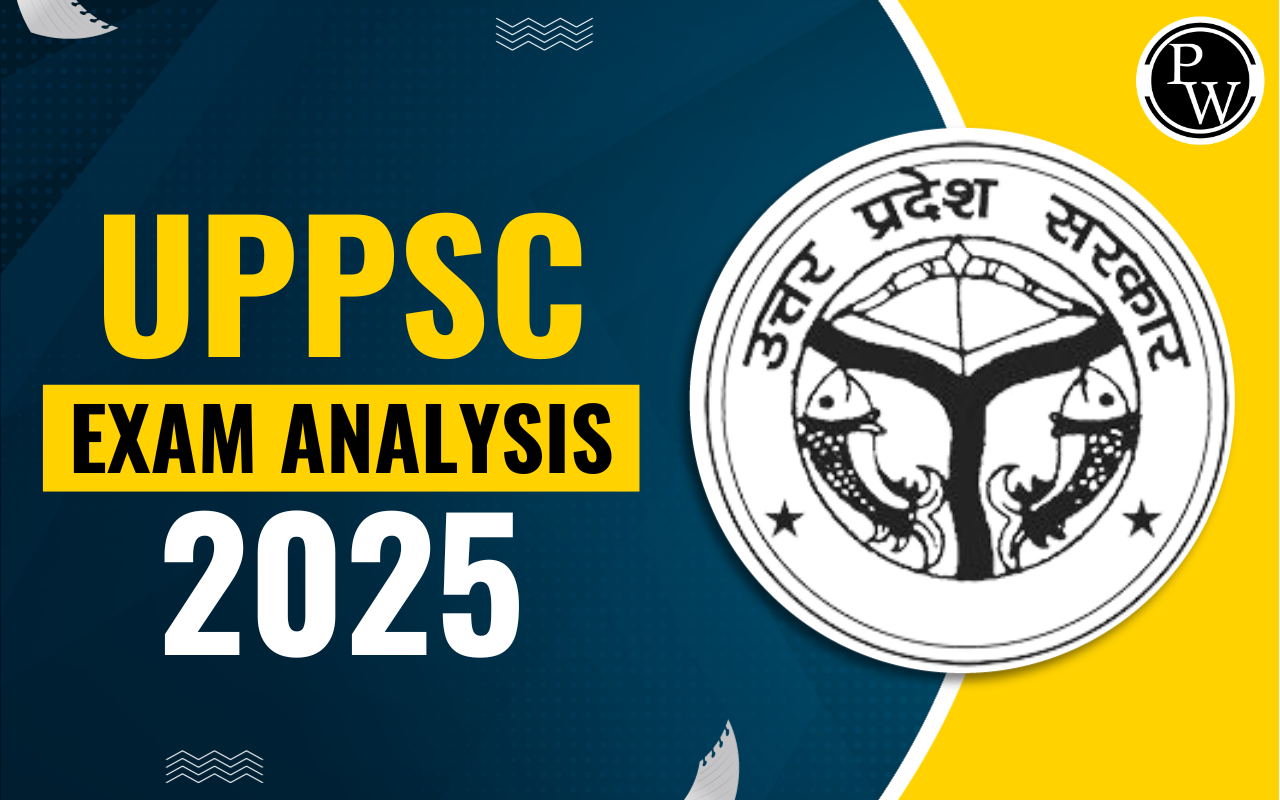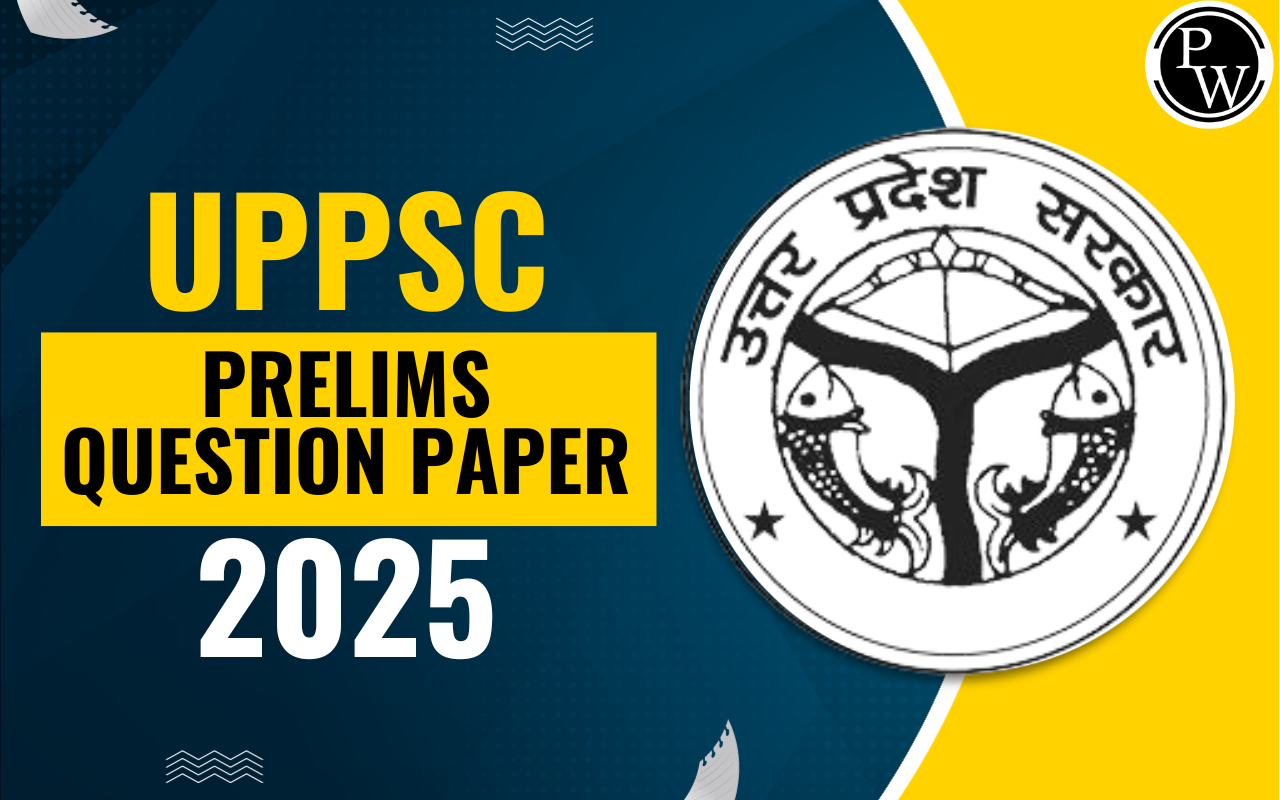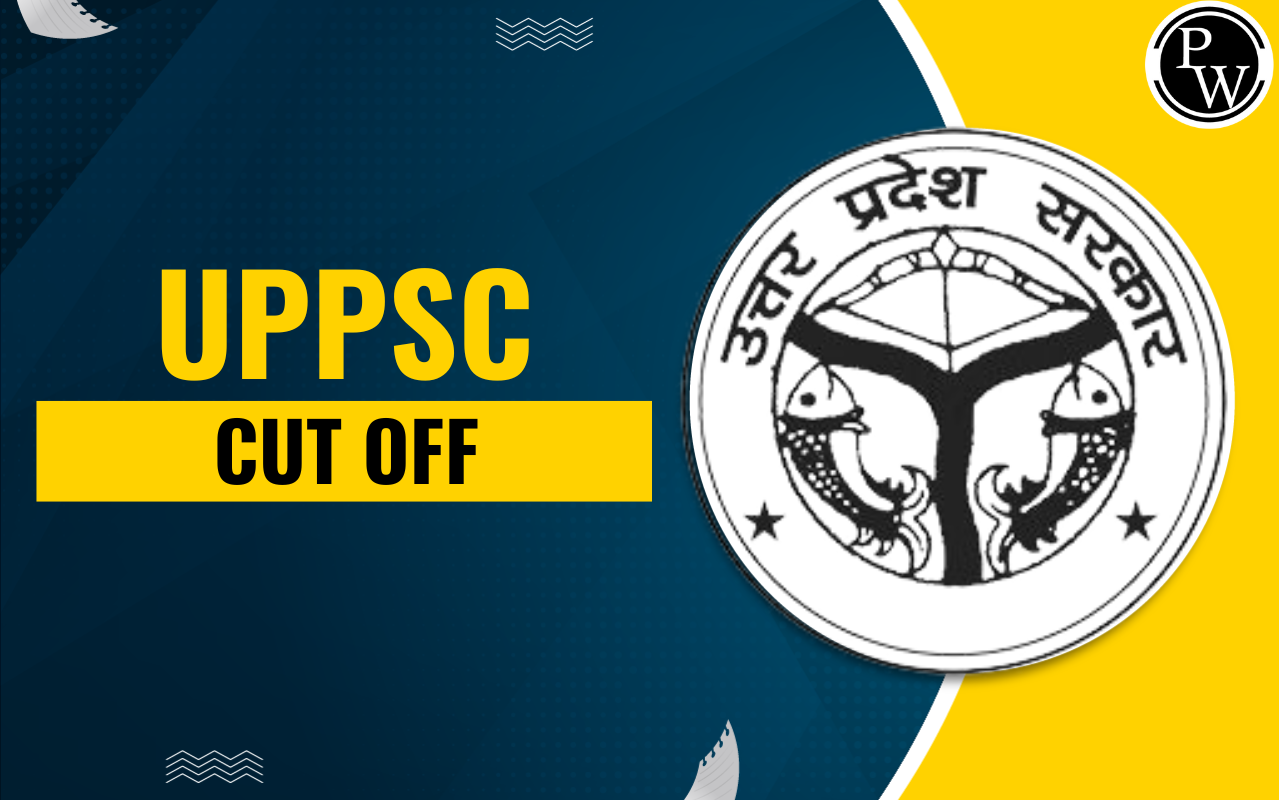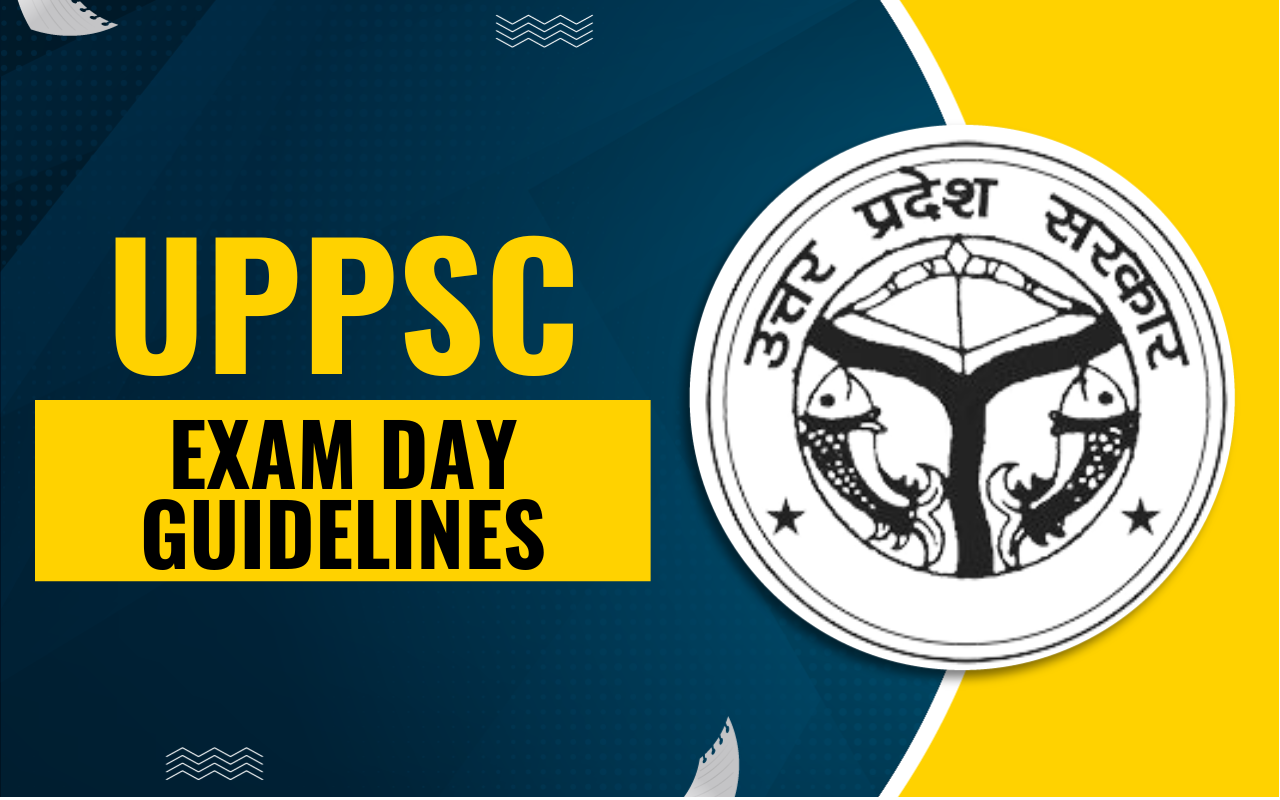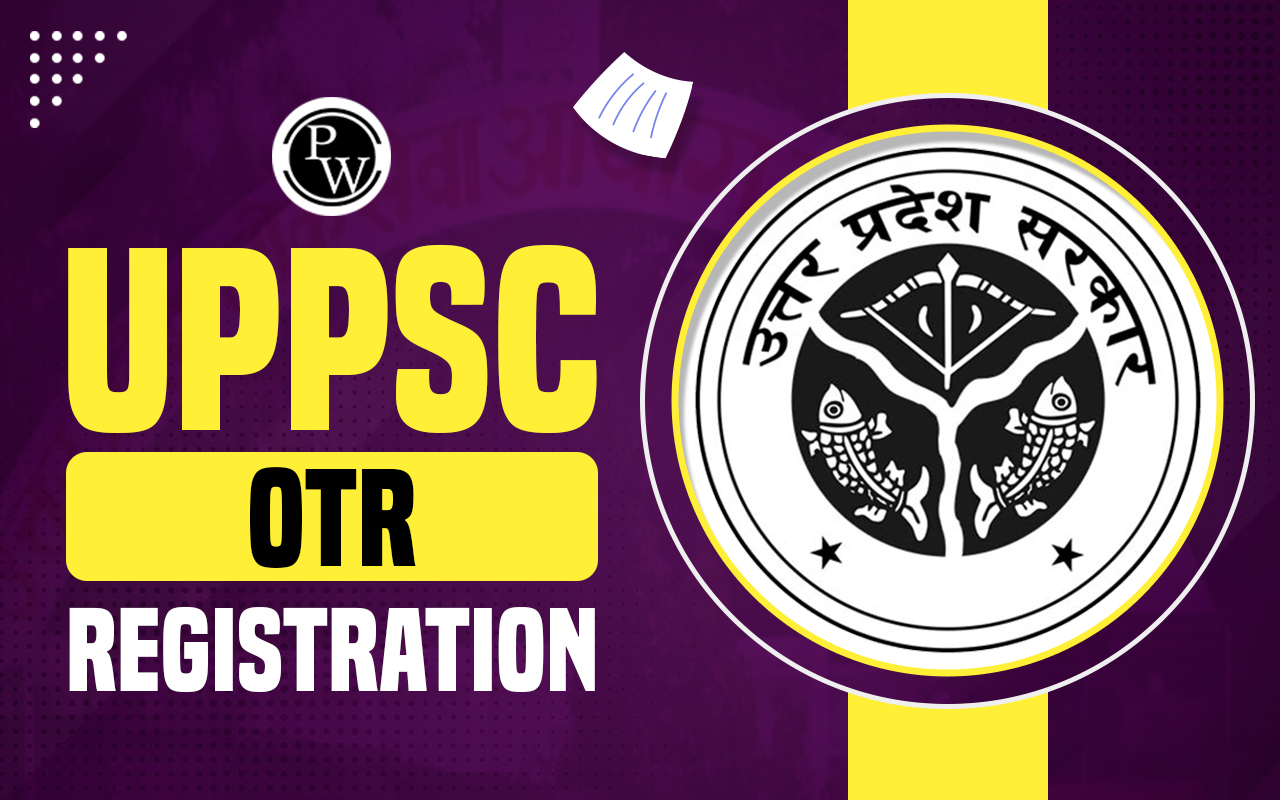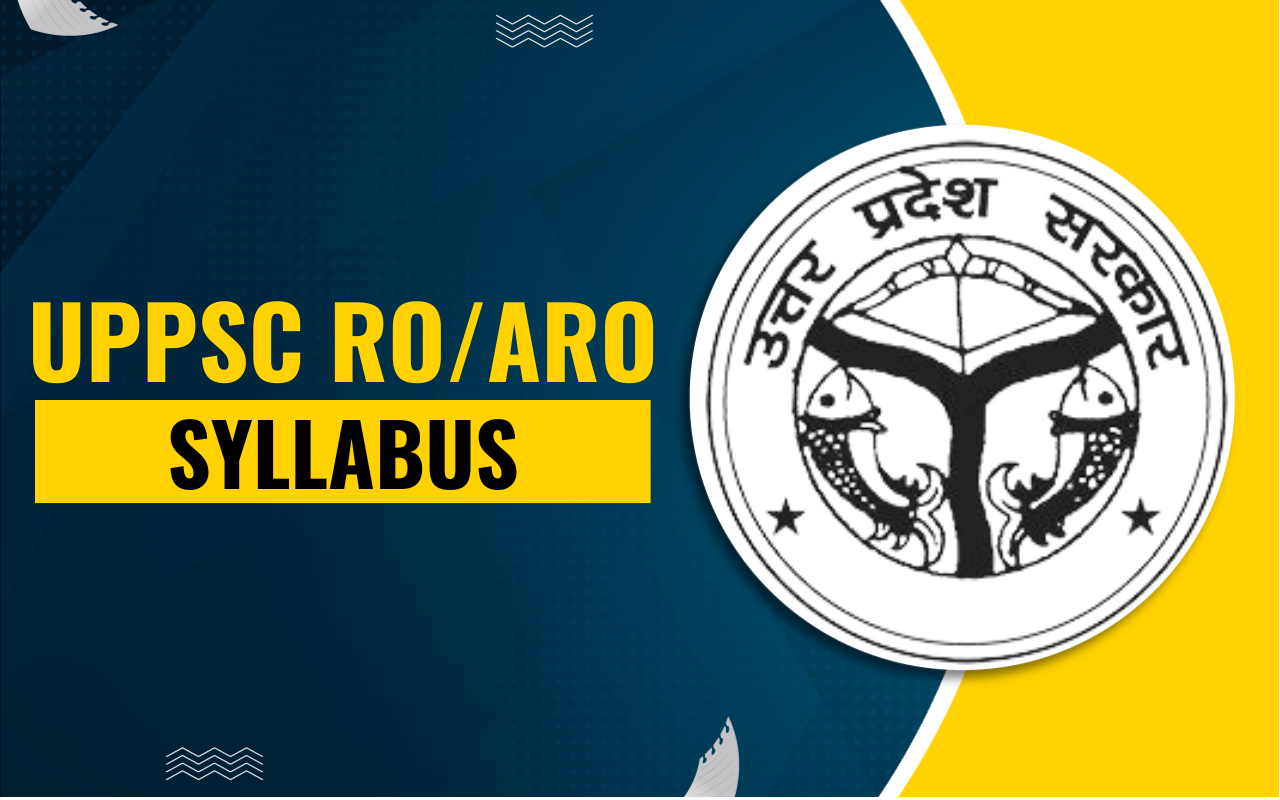
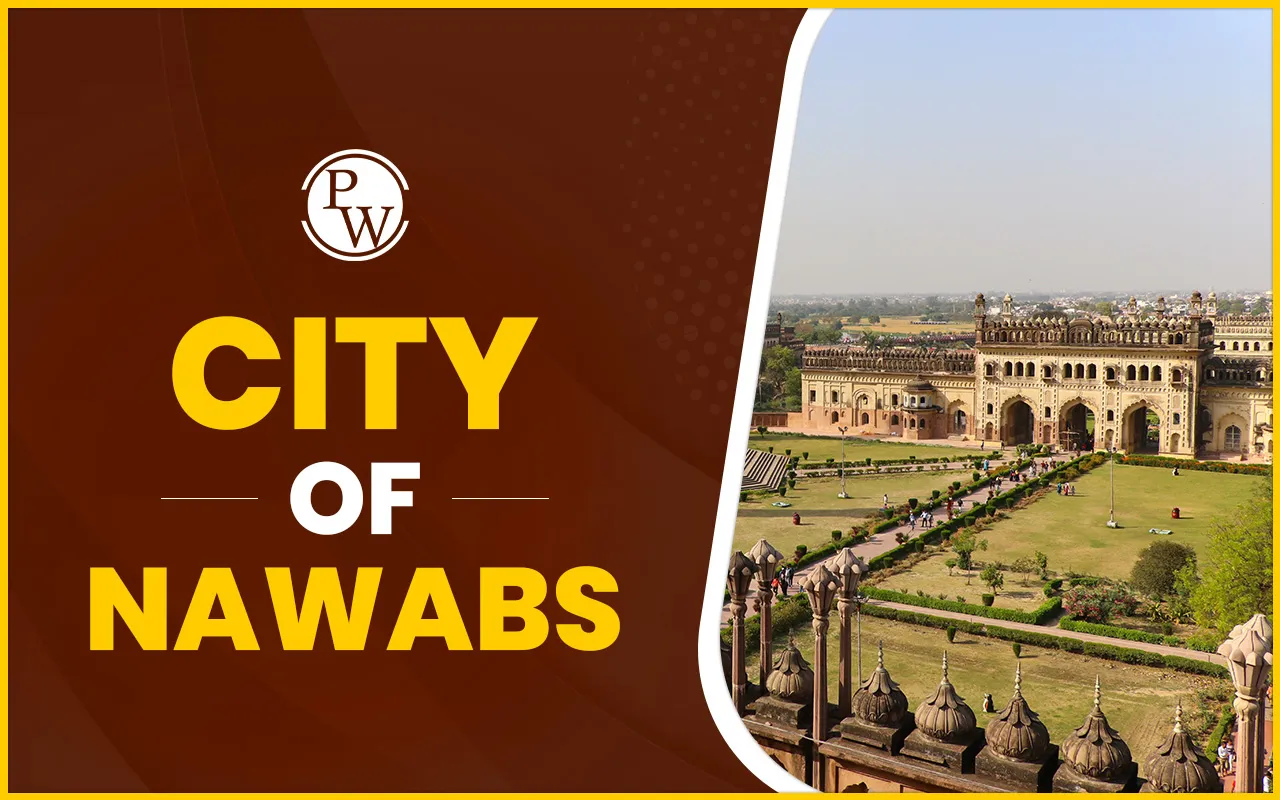
City of Nawabs: The city of Lucknow, often referred to as the "City of Nawabs," is a place where the royal heritage, culture, and historical significance can be seen together. This title, "City of Nawabs," is a tribute to the regal Nawabi era, a time when the city flourished under the rule of the Nawabs of Awadh.
Also Read: Tribes in Uttar Pradesh
Lucknow: The City of Nawabs
Today, Lucknow stands as a modern city, but it has managed to preserve its royal heritage. The Nawabi legacy is still very much alive in the city, from its historical monuments to its unique culture. The hospitality of the people of Lucknow, known as "Tehzeeb," continues to attract visitors from all over the world, eager to experience the charm and grace.
The Nawabi culture has not only endured but has also found new life in the city’s arts and entertainment scene, which continues to thrive. From theaters showcasing classical music and dance performances to food festivals celebrating Lucknow's culinary heritage, the city remains a vibrant center of cultural expression.
History of the City of Nawabs
The history of Lucknow as the capital of Awadh dates back to the 18th century when the Mughal Empire began to decline. The Mughal Emperor appointed the Nawabs of Awadh to govern the region. Lucknow emerged as the capital under the leadership of the Nawabs, and the city soon became a prominent center of culture and governance.
The first Nawab of Awadh, Saadat Ali Khan, established the city's legacy as an influential seat of power. However, it was under the reign of Nawab Asaf-ud-Daula in the late 18th century that Lucknow truly blossomed into a hub of art, culture, and refinement. The Nawabs of Awadh were known for their patronage of the arts, including music, poetry, and dance, which led to the various cultural practices that are still celebrated today.
Also Read: Horticulture in Uttar Pradesh
Architectural of the City of Nawabs
The architecture of Lucknow bears testament to the wealth and power of the Nawabs. They built opulent palaces, grand mosques, and awe-inspiring monuments, many of which stand as symbols of the city’s royal past.
-
Bara Imambara: One of the most iconic structures in Lucknow, the Bara Imambara was built by Nawab Asaf-ud-Daula in 1784. It is an architectural marvel, famous for its central hall, which is said to be the largest arched construction without support beams. The Bara Imambara is a blend of Mughal and Awadhi styles and is a must-visit landmark for anyone exploring the city’s history.
-
Chota Imambara: Known as the "Imambara of the Light," the Chota Imambara is another stunning monument that reflects the opulence of the Nawabi era. Built by Nawab Muhammad Ali Shah in 1837, this beautiful building is adorned with chandeliers and intricate decorations.
-
Rumi Darwaza: Often referred to as the "Turkish Gate," the Rumi Darwaza is a majestic gateway built during the reign of Nawab Asaf-ud-Daula. It stands as a prominent symbol of Lucknow and is a stunning example of Mughal architecture.
-
Residency: The Residency is an important historical site in Lucknow, as it was the scene of a major battle during the Indian Rebellion of 1857. The ruins of the Residency still evoke the story of British and Indian conflict, adding another layer of historical significance to the city.
Also Read: Smallest District in Uttar Pradesh
Culture of City of Nawabs
Lucknow’s cultural influence is profound, largely shaped by the Nawabs. The Nawabi culture was an amalgamation of Mughal traditions and indigenous practices, fostering the growth of a unique cultural identity.
-
Food
Lucknow is world-renowned for its rich and flavorful cuisine, which reflects its royal past. The Awadhi style of cooking, popularized by the Nawabs, includes dishes such as kebabs, biryanis, and mughlai-style curries. The city’s most famous dish, the "Tunday Kebab," is a must-try for any food lover. The tradition of slow-cooking meats in a sealed pot, known as "dum cooking," was perfected during the Nawabi era.
-
Music and Dance
The Nawabs were great patrons of music and dance, and Lucknow became an epicenter for classical music, poetry, and the performing arts. The city gave birth to many famous gharanas (styles) of classical music, and classical dance forms such as Kathak flourished under the patronage of the Nawabs. The "Lucknow Gharana" of Kathak dance is known for its graceful movements and intricate footwork.
-
Language and Literature
Urdu poetry flourished under the Nawabs of Lucknow, with many poets and writers making their mark during this era. The city became known for its refined language, and the Awadhi dialect of Urdu was considered the epitome of elegance. The contributions of literary figures such as Mirza Ghalib, Sauda, and others have made the city a center of Urdu literature.
City of Nawabs FAQs
Why is Lucknow called the "City of Nawabs"?
Who were the Nawabs of Awadh?
What is the most famous landmark in Lucknow?
What is Lucknow Gharana?
What languages are spoken in Lucknow?

